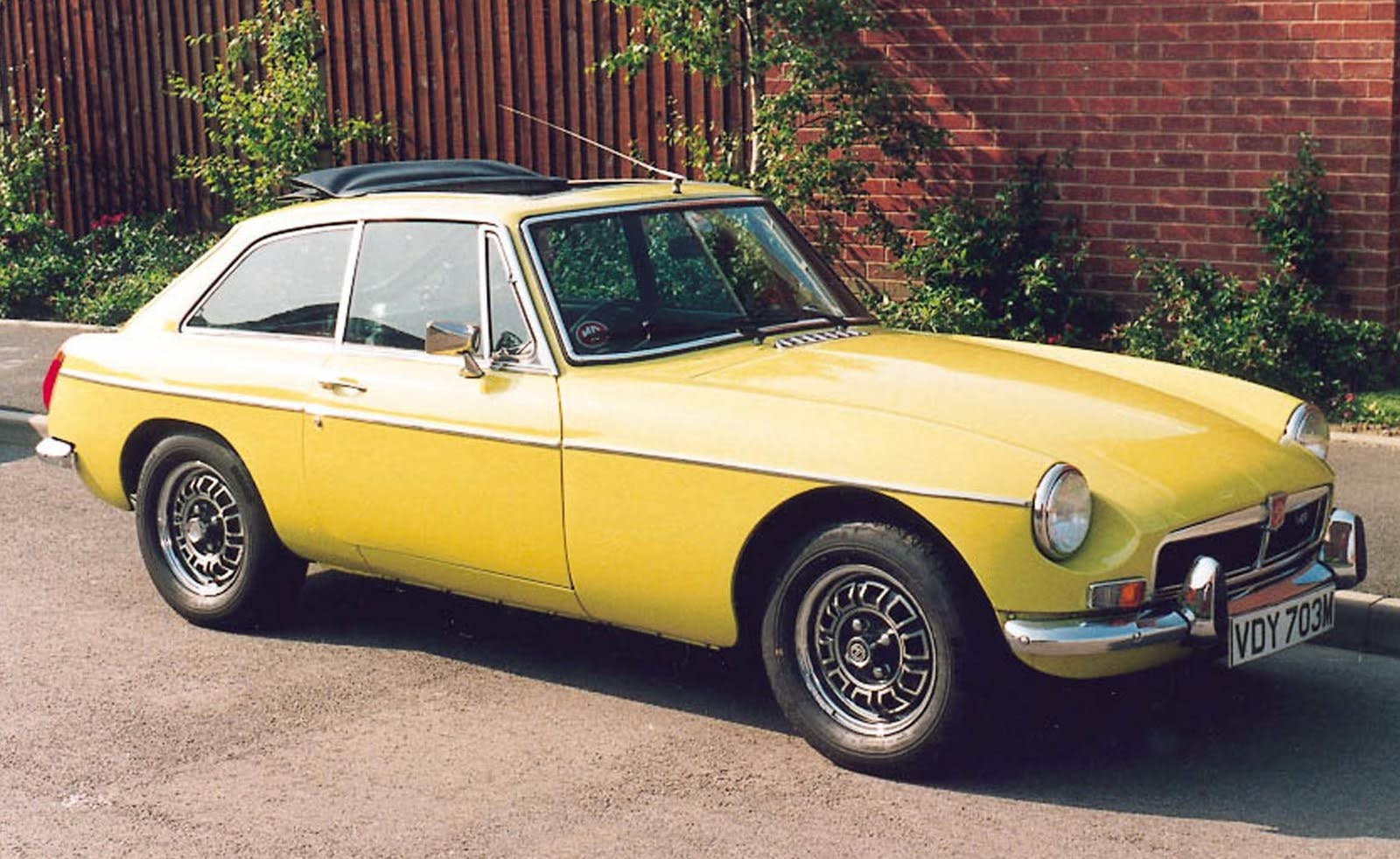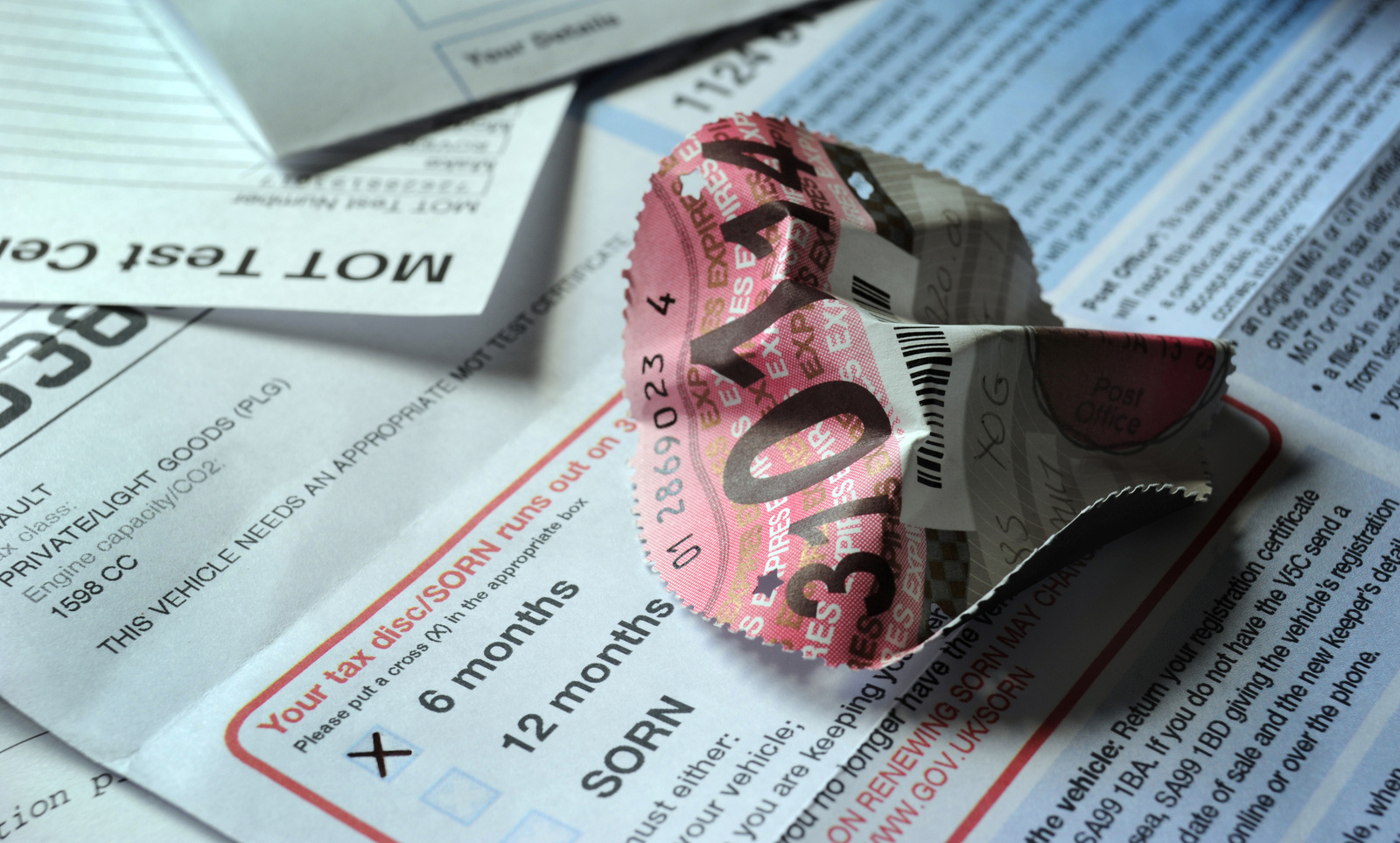If you drive a car in the UK you'll need to know about VED, and in most cases stump up a payment to cover it. In this article we explain exactly what VED is and why it exists, as well as the different rates that apply to different cars. The costs outlined in this article apply to the 2023-2024 tax year.
UK Road Tax Explained
- What is VED?
- VED Rates for Cars Registered Before March 2001
- VED Rates for Cars registered between March 2001 and April 2017
- VED Rates for Cars Registered After April 2017
- The VED Changes Coming in April 2025
- How Do I Buy VED?
- Historic Vehicle Tax Exemption
- What Does SORN Mean?
- Whatever Happened to the Tax Disc?
What is VED?
VED stands for Vehicle Excise Duty, and is the term used to describe the tax you must pay the treasury if you own a car in the UK that is driven – or even parked – on a public road. VED is often referred to as road tax, car tax, or the road fund licence, and the amount you’ll have to pay will depend on the car you drive.
The way VED is calculated and the tax rate car owners must pay is based on a number of factors, including the age of your car. These are worth understanding, especially if you're about to buy a used car, because the tax costs could vary, even between two identical cars.
VED Rates for Cars Registered Before March 2001
If you own a car registered for the first time as a new car prior to March 2001, calculating how much VED to pay is simple, as the tax system is based purely on engine size and there are only two standard rates.
If the engine’s capacity is less than 1,549cc, you’ll pay £200 per year. If the engine's capacity is more than 1,549cc you’ll pay £325 per year.
If you’re not sure of your car’s engine capacity, it is listed on the V5C registration certificate, also known as the logbook. For more details visit our guide to finding out what engine is in your car.
VED Rates for Cars Registered Between March 2001 and April 2017

In 2001 VED calculations became based on how much carbon dioxide (CO2) a vehicle emits (expressed in grams per kilometre of CO2). This was part of a Government policy designed to promote the uptake of low-emissions cars and will apply to any car whose first registration fell after March 2001 and before April 2017.
To find out car costs when it comes to tax, you need to know which car tax band a particular vehicle falls into, ranging from A to M. This is listed on the car’s V5C. If you need to ascertain how much VED you’ll pay for a car you don’t yet own, use the search function on the Department for Transport’s VCA website. The table above outlines how much tax applies to each band. As you can see, there is a £10 discount applied to alternative fuel (hybrid) vehicles.
VED Rates for Cars Registered After April 2017

The exchequer introduced new tax changes in 2017. Any car registered after 1 April 2017, including new vehicles, falls under a further revised scheme of VED bands, for which the previous A-M banding was scrapped in favour of a one-off first-year rate linked to CO2 emissions, as per the included table. To further complicate matters, in April 2018 a new rule was introduced that bumps up by one band any diesel car not conforming to Real Driving Emissions 2 (RDE2) standards, although in 2023 almost all new diesel cars do.
Then, from the second year, a car’s annual VED rate is no longer based on CO2 emissions, but fuel type. So, if you own a petrol car or diesel car, you’ll pay £180 per year for the rest of its life. If you own an alternative fuel vehicle, there’s a discounted rate of £170, and if you have a pure electric car with zero emissions, you remain exempt from paying VED, although you do still need to apply for it on an annual basis.
Expensive Car Supplement for Cars Costing Over £40,000
The exception to this rule is any car registered from April 2017 onwards with a list price of more than £40,000 for which there’s an additional ‘premium’ tax due of £390 per year between years two and six. This applies to all all cars excluding electric vehicles. After the sixth year VED reverts to the standard annual rate. Note that the £40,000 threshold refers to the car’s list price and includes any optional extras you might have chosen.
The VED Changes Coming in April 2025
Further changes to VED were announced in the November 2022 Autumn Statement and relate to electric cars. From 1 April 2025, new zero-emission cars will have to pay the lowest first-year rate of vehicle excise duty – currently, £10 a year for vehicles emitting between 1 and 50g/km – and the (currently) £180 standard charge will commence in their second year of registration. At the same time electric cars costing more than £40,000 will be subjected to the expensive car supplement detailed above.
Used electric cars will also have to pay road tax from 1 April 2025. All zero-emission models are currently exempt from VED, but from the 2025 tax year, those registered between 1 April 2017 and 31 March 2025 will also pay the £180 standard annual rate.
EVs registered between 1 March 2001 and 30 March 2017 currently in Band A (free) will move to Band B, which currently costs £30 a year.
How Do I Buy VED?
You can apply for VED online, by phone (0300 123 4321), or in person at a Post Office. Payment can be made up front for 12 months, 6 months, or monthly via direct debit, although be aware that the latter two options incur a 5% surcharge per year.
VED cannot be transferred when you buy or sell a car. If there is more than a month of VED left to run on a car you’re selling, you will automatically be issued a refund (by cheque) from the Driver & Vehicle Licensing Agency (DVLA), triggered when the new owner registers the car.
Historic Vehicle Tax Exemption
If you own a car built prior to 1 January 1979, you can apply for exemption from paying VED. To do this, complete the relevant section of the car’s V5C registration form (this form is like your car’s birth certificate, so hopefully you’ve filed it somewhere safe) and take it, an MoT certificate, and a V10 tax application form to a Post Office. A member of the staff will be able to initiate the process of reclassifying your car as historic.
Given a 40-year rolling exemption, the threshold for what qualifies as a historic vehicle changes every year, so in 2024 it will move to 1984, in 2025 to 1985, and so on.
What Does SORN Mean?
SORN stands for Statutory Off-Road Notification and means your car is not subject to tax because it is not used on the road. It only applies if you own a car that is not driven or parked on the road (if, for example, it is kept on private land). You must notify the DVLA that the vehicle isn’t used by completing a Statutory Off-Road Notification (SORN), which can be done online, by phone (using the number listed earlier in this article), or by filling out the relevant form (V890) at a post office.
Whatever Happened to the Tax Disc?
You used to be able to tell if a car was taxed simply by looking at the little round disc displayed in its windscreen. Introduced in 1921, the tax-disc system remained in place until 2014, at which time the DVLA and the police deemed that their increasing reliance on an electronic register of car details had made these familiar paper discs superfluous.



